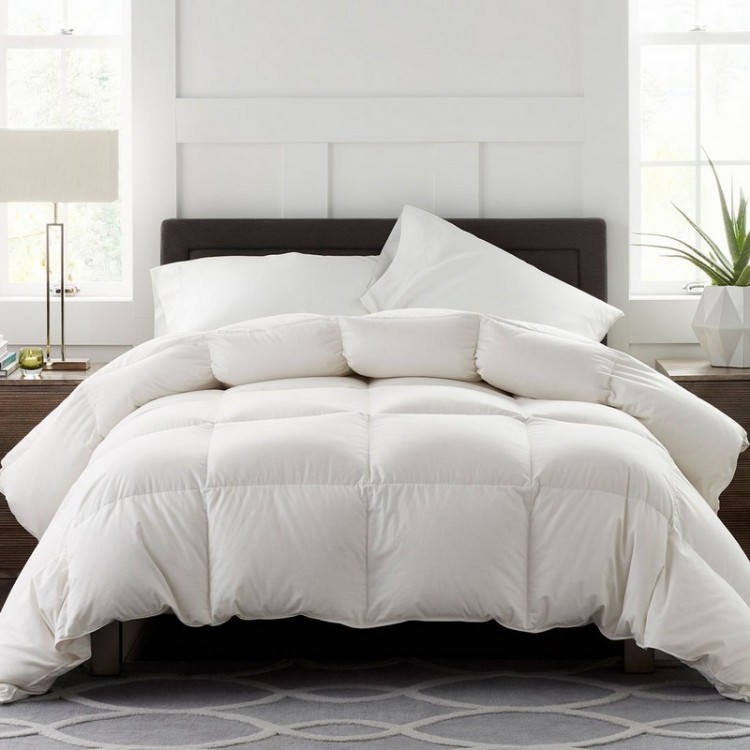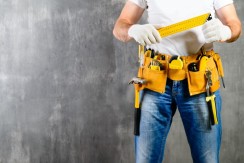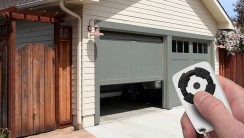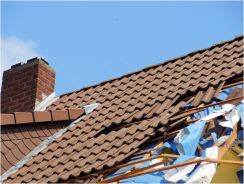
Choosing the right Comforter might seem like a cakewalk. You casually let yourself loose in the online/offline market to look for options and find the right comforter to fit your personal style and level of comfort. Especially if you are someone living in the colder regions, having an efficiently warm comforter/duvet/doona is not an advantage, it’s a necessity.
While it may seem very easy to make a down comforter purchase, there are a lot many features that you need to look for before making a confirmed purchase. The biggest concerns that one should have before purchasing a down comforter are its size and the level of comfort provided by them.
What is a goose down Comforter?
A duvet or comforter is similar to a quilt or blanket, both come with an insulating filler material. The insulating material is usually cotton, wool, polyester, silk or down.
The feathers on geese and ducks are the outer covering that has quills which makes it possible for them to fly. Beneath the features are the down, usually on the belly. They act as a protective cover that keeps the bird warm while flying at high altitudes and cold regions.
A down comforter is similar to a fluffy quilt, but it is filled with the underbelly feathers of geese or duck. A down comforter is a luxuriously soft, warm and popular bed covering especially in colder regions.
Choosing the best down comforter
What is the best filler material for down comforters? Goose feather or duck? White or grey feathers?
The labels can be confusing to most of you if you are not familiar with common terms used in the home linen industry. Terms like fill power and thread count and warmth preference can make your purchasing decision tough.
Fill Power
This number relates to the quality of the down feathers used in the comforter. The higher the fill power, the larger and better quality of the down used. A higher rating means you will get a fluffier, lighter, more breathable and a warmer down comforter.
High end down comforters generally come with a fill power of over 700 cubic inches while lower quality down will be less than 400 and the mid-range down comforters will come with a rating of around 500 cubic inches.
Quality of feathers
Synthetic materials cannot duplicate the breathable and organic qualities of down. Each cluster of down has a 3-dimensional structure that traps air to keep you warm. High quality down is usually from the underbelly of a mature duck or goose. Feathers from young birds have a poor fill power which breaks easily.
What about the colour of the down?
Colours of the feather do not affect the quality whatsoever. Grey and white down from duck or geese will both produce great insulating results.
Thread count
This refers to the number of threads per square inch of fabric. A higher thread count will mean that the woven fabric is closer to each other which makes it softer, finer and cozier than those with a lower thread count.
A comforter made from muslin will generally have a low thread count between 100-180 while high-quality cotton will generally come with a thread count of over 250. Any fabric with a thread count of over 400 is considered a luxury fabric.
Barrier weaves
This weave stops the down from slipping out of your comforter, so this is the keyword you would want to look for when purchasing a down comforter. The barrier weave is several times more leak proof than other fabrics as it is more tightly woven. This keeps your down comforter silent when you move them around as feathers are known to produce a lot of noises when being moved around.
Construction and design
This affects how the warmth is distributed throughout the comforter and how it supports the delicate down feathers that are packed inside.
The common comforter designs are baffle box, diamond box, and box design. They all do a good job of ensuring that the down is not clumped or shifted to the corners and lays smooth and balanced.
Weight
● A lightweight comforter is perfect if you want to feel slightly warm at night.
● The regular weight is great for you if you want to snuggle in the warmth
● A summer weight comforter is ideal for warmer climates
Comfort
Choose a warmth level that is suited to the temperature that you experience in your bedroom. Fill power is an indicator of warmth although a light warmth comforter with a higher fill power will not be as warm as a winter weight comforter. The amount of down inside a comforter affects the warmth more than fill power.
Avoid triggering allergies
Down feathers are hypoallergenic. Therefore cleanliness of the features plays a big role in providing the comfort you want. An allergic reaction is often caused by dirt, dust, and allergens in bedding and not from the feathers in the comforter.
Care
Frequent washing causes the down clusters to separate. It is best for you to use a cover to prevent the comforter from getting dirty. Although many advertise as safe to wash, a down comforter should always be professionally cleaned because most home washing machines are not large enough to accommodate it.











Author
Homesgofast com
Homesgofast.com is an international real estate portal and news source for Google news. Publishing international real estate, finance, homes and travel-related news and blogs for a targeted audience since 2002. Each news item is circulated to thousands of potential readers each day and is also available to the millions of people who sign up for Google news alerts. Find homes offered for sale and to rent direct from owners and some of the best real estate agents from over 35 countries